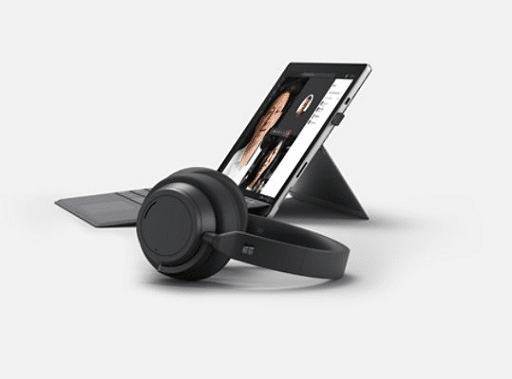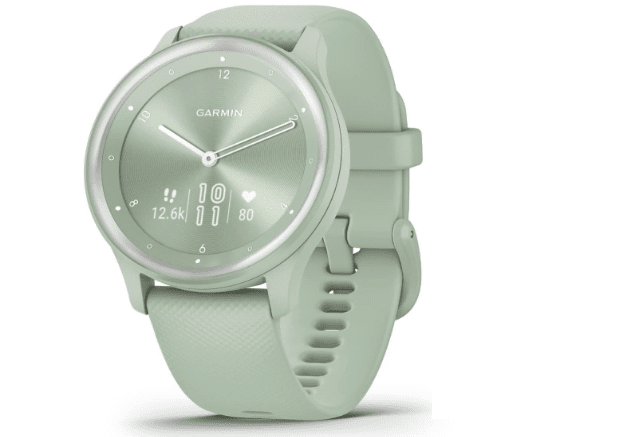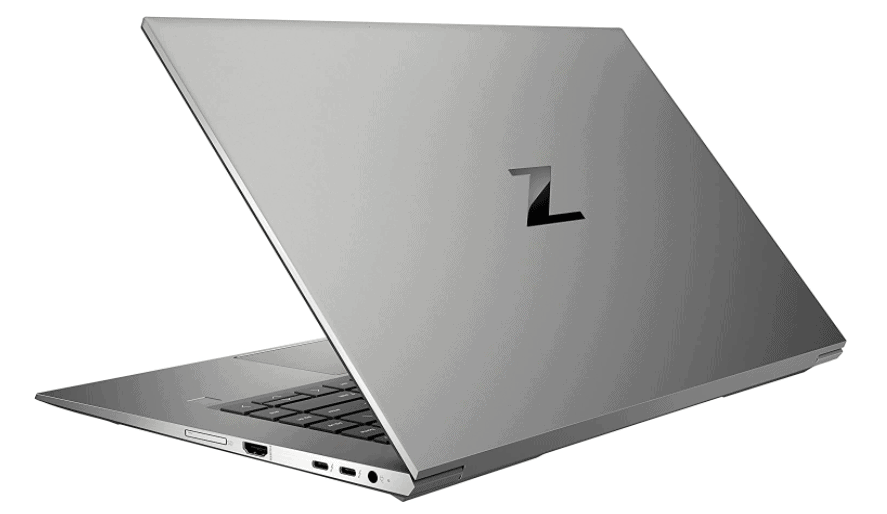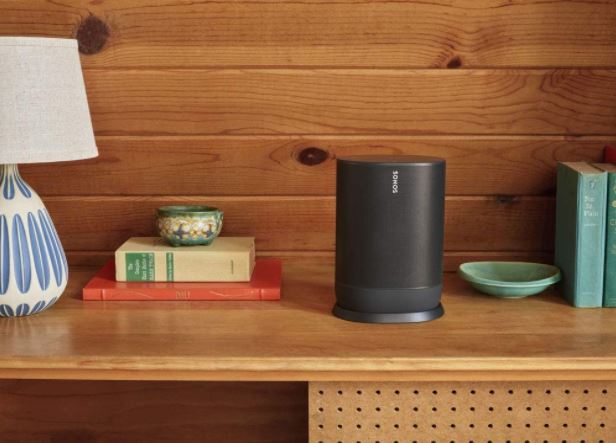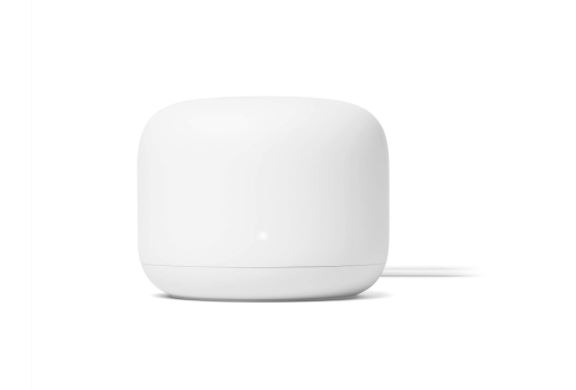DJI Mavic 3 Classic: When the DJI Mavic 3 was released in 2021, it raised the bar for what a drone is capable of doing. However, the problem was that it had a price tag that was commensurate with the formidable aerial cinematography capabilities it possessed. DJI has developed a solution to address that issue at this time.
This flagship line of drones is brought back down to Earth by the DJI Mavic 3 Classic, which features a price tag that is significantly more reasonable. On paper, DJI has managed to do this without compromising the essential capabilities of the first-generation Mavic 3, but does this aspirational goal align with the realities of the situation?
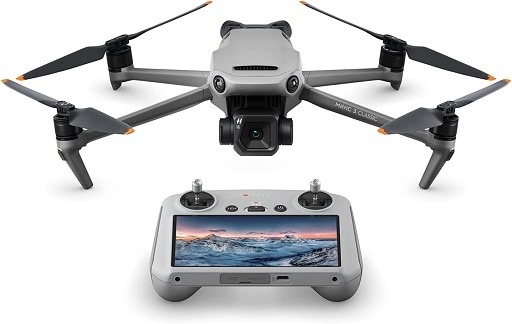
DJI Mavic 3 Classic design
The Mavic 3 Classic, true to its name, is an updated version of the original Mavic. The Mavic line has taken over as the standard for what a drone should be in the minds of the general public, and the Classic model fits the profile of the Mavic line like a glove. For convenience in transport, each of its four long arms can be folded neatly into a position next to the chassis of the drone. The large camera is mounted on a three-axis gimbal and is supported by a wide forehead prow. Sensors are dispersed all over the body of the drone in various locations. The USB-C port and the microSD card slot can both be found on the top of the drone’s rear, directly above the battery compartment.
If you are familiar with the Mavic 2 drone series, you will find the design of the Mavic 3 Classic to be a significant improvement. If you are not familiar with the Mavic 2 drone series, you will not find this to be the case. The arms do not need to be unfolded in order to access ports, and the drone has a camera protector that is significantly more robust than those found on other DJI drones.
In contrast to other drones, which have a piece of plastic that can be clipped on to protect the camera while it is being transported, the Mavic 3 Classic has a strap-on hood that is not only more durable but also easier to attach and protects the propellers as well. Although it is not quite as nice as the one that was included with the first generation of the Mavic 3, it is still capable of performing its intended function.
You may also like DJI Mini 3 Pro Review: Lightweight and Foldable Camera Drone
Image quality from the DJI Mavic 3 Classic
The primary camera on the first generation of the DJI Mavic 3 offers the highest image quality of any consumer-level drone, and the Mavic 3 Classic has the same incredible Hasselblad camera with a Micro4/3 size sensor as the original Mavic 3. In addition to producing stunning still images and video in 5.1K and 20MP resolution respectively, it is also capable of shooting slow-motion video in 4K at up to 120 frames per second. This camera is so good that in a pinch, it can serve as a suitable replacement for a high-end mirrorless camera such as my Nikon Z 6.
In order for DJI to be able to shave off such a large portion of the price tag of the Classic, it was, of course, necessary for them to make a significant sacrifice. This drone only has one camera, in contrast to the original Mavic 3, which had two: one regular camera and one super telephoto camera that offered a magnification of seven times. Personally, I miss having access to that extreme zoom range, which is especially helpful for filming subjects from a secure distance, such as wildlife. I also use the zoom camera to isolate compositions within expansive landscapes, such as faraway mountains, so that I can photograph them.
The giant Hasselblad camera is without a doubt the more important of the two cameras, despite the fact that the zoom camera that comes with the original Mavic 3 is indeed awesome and well worth the additional cash if you are in a position to purchase it. If you had to give up something to bring the price of the Mavic 3 down, giving up the zoom camera would be the obvious choice because it serves a more specialized purpose than the other cameras.
In addition to having the ability to record video with a D-log color profile, the Mavic 3 Classic also has the capacity to take still photographs in the RAW file format. These options make for extra flexibility while editing in post-processing, and they allow the Classic to be considered as a serious professional photography and videography tool.
You may also like Flying After Dark: Can You Fly a Drone at Night?
DJI Mavic 3 Classic performance
When I flew the original Mavic 3 at launch in 2021, it was a bit disappointing. That drone started out with buggy software and many missing features. The Mavic 3 Classic has benefited tremendously from all of the hard work done by DJI engineers over the past year to iron out all of the kinks and transform the experience of shooting with that flagship drone. Numerous significant updates have been released over the past year since then to iron out all of the kinks and transform the experience of shooting with that flagship drone. During my time testing the Classic, I was pleased to find that it was simple to get it up and running, and during that time, I did not come across any errors or problems with its performance.
When compared to other drones from the same manufacturer, such as the DJI Avata, the Mavic 3 Classic is notably quieter. Because of its large propellers, it generates less noise than other similar products, which enables it to be used in locations where there is the possibility of disturbing other people.
When it comes to the lifespan of the battery, you can anticipate approximately 46 minutes of flight time on a single charge. Because of this, the Mavic 3 Classic is one of the few drones for which transporting only a single battery doesn’t feel like a severe limitation, making it one of the most popular choices for consumers. It is also able to maintain image transmission with the controller at a distance of up to 15 kilometers, which translates to a very dependable and powerful signal that can be used at distances that are more reasonable.
The sensor array on the Mavic 3 Classic is extremely sophisticated and has a high level of performance when it comes to following subjects and avoiding obstructions. My preference is to pilot the drone myself and only use the obstacle avoidance feature as a backup in case something goes wrong. On the other hand, there are a plethora of different automatic modes available for getting the shots you want. Additionally, similar to the vast majority of contemporary drones, the Mavic 3 Classic features a return-to-home function. However, similar to other safety features, this function should be regarded more as a backup option than as something upon which you can rely.
The Mavic 3 Classic demonstrates its value most clearly in terms of both its speed and its resistance to wind. It is able to withstand fairly extreme conditions, including winds of up to 12 meters per second, and it can travel at speeds of up to 21 meters per second. This enables me to fly it in conditions where I would never risk flying other drones, and it also enables me to take more dynamic and exciting shots than I would be able to with slower drones.
You may also like Potensic Drone D58 with 1080P Camera
DJI Mavic 3 Classic controller
In my review of the DJI Mini 3 Pro, I praised the DJI RC controller, so I decided to test out its compatibility with the DJI Mavic 3 Classic. The experience of flying with a controller that requires a phone or tablet to be used as the screen is, in my opinion, not nearly as satisfying as flying with one that has a screen that is built right into the device.
The price and availability of the DJI Mavic 3 Classic
The price of the drone alone for the DJI Mavic 3 Classic begins at $1,470, which means that if you already own a controller that is compatible with the drone, you do not need to spend any additional money on a redundant controller. If you find that you do need a new controller, the bundle that costs the least money and includes the DJI RC-N1 controller costs $1,600. However, this controller does not include a built-in screen. It will cost you an additional $150 to get the DJI RC controller that comes with a screen, but it is highly recommended that you go with that option rather than the DJI RC-N1, which is the most basic model.
The Fly More Kit is an additional option that can be purchased for an additional $650. This price may seem steep, but it is actually a wise investment considering the additional batteries, excellent carrying case, and other accessories that are included in the kit. When I buy a new DJI drone, I almost always end up buying the Fly More Kit as well because I find that I always end up needing additional batteries anyway. However, due to the extended flight time that each battery provides, it is possible that you will require fewer batteries than you would for other DJI drones if you were to transport them together.
In light of its features and capabilities, the price of the Mavic 3 Classic is undeniably appealing; however, if it is still out of your price range, you can choose from a number of other excellent alternatives. In this respect, the DJI Mini 3 Pro stands out as an exceptional option because it begins at a price of $760 with a controller, and it provides very nice photo and video quality in a package that is noticeably more compact than that of the Mavic 3 Classic. Alternately, the original Mavic 3 can be purchased for a starting price of $2,050 and comes equipped with a super-telephoto lens.
You may also like GoPro Hero 11 Mini: Compact Waterproof Action Camera
The most advanced Drone currently available, but at a lower cost.
The DJI Mavic 3 Classic is the flagship drone that DJI has been working on for some time now. If you wanted a Mavic 3 but couldn’t quite stomach the high price tag, this is the drone that you’ve been waiting for. The only significant thing you will be giving up is the ability to super zoom, but since this is more of a specialized feature on a drone, many people who are thinking about purchasing a Mavic will be happy to give it up in exchange for a significant discount.
The Mavic 3 Classic deserves a spot in the kit of any drone photography enthusiast because of its impressive performance, fantastic camera, bug-free software experience, and attractive price point.
CamRojud may earn a certain commission on products purchased via our links, which supports our effort on this content.
Would you like to read more about DJI Mavic 3 Classic review-related articles? If so, we invite you to take a look at our other tech topics before you leave!






